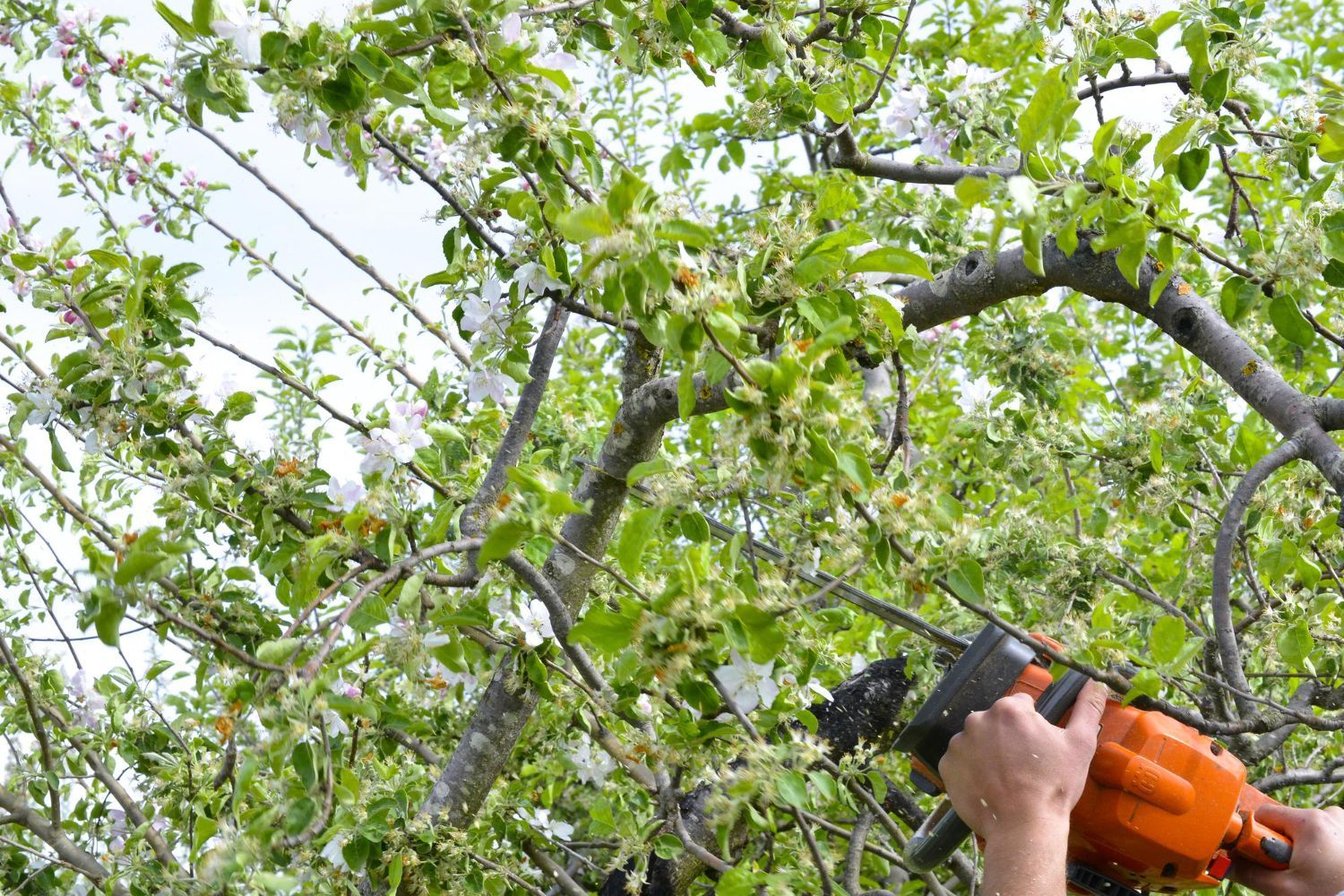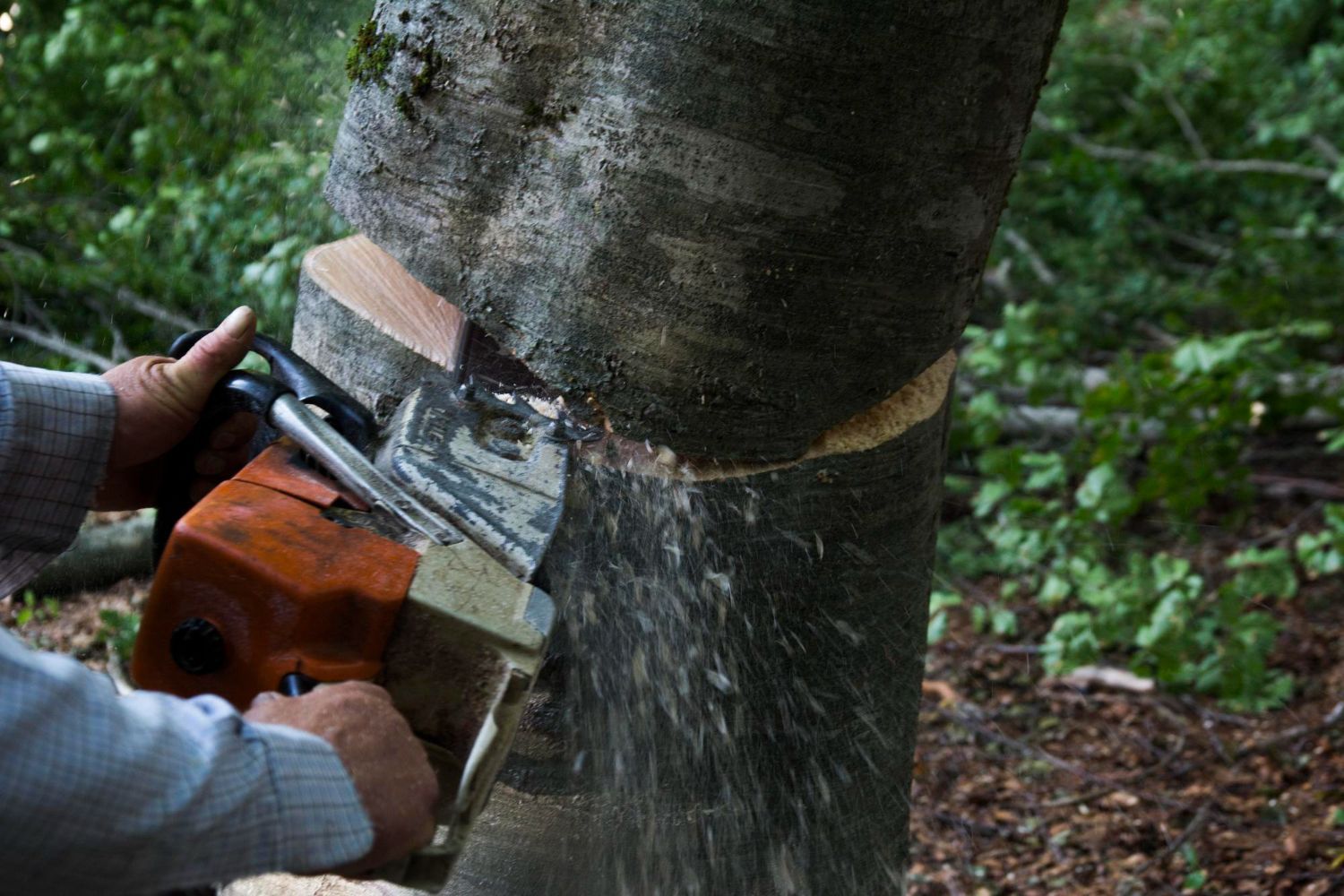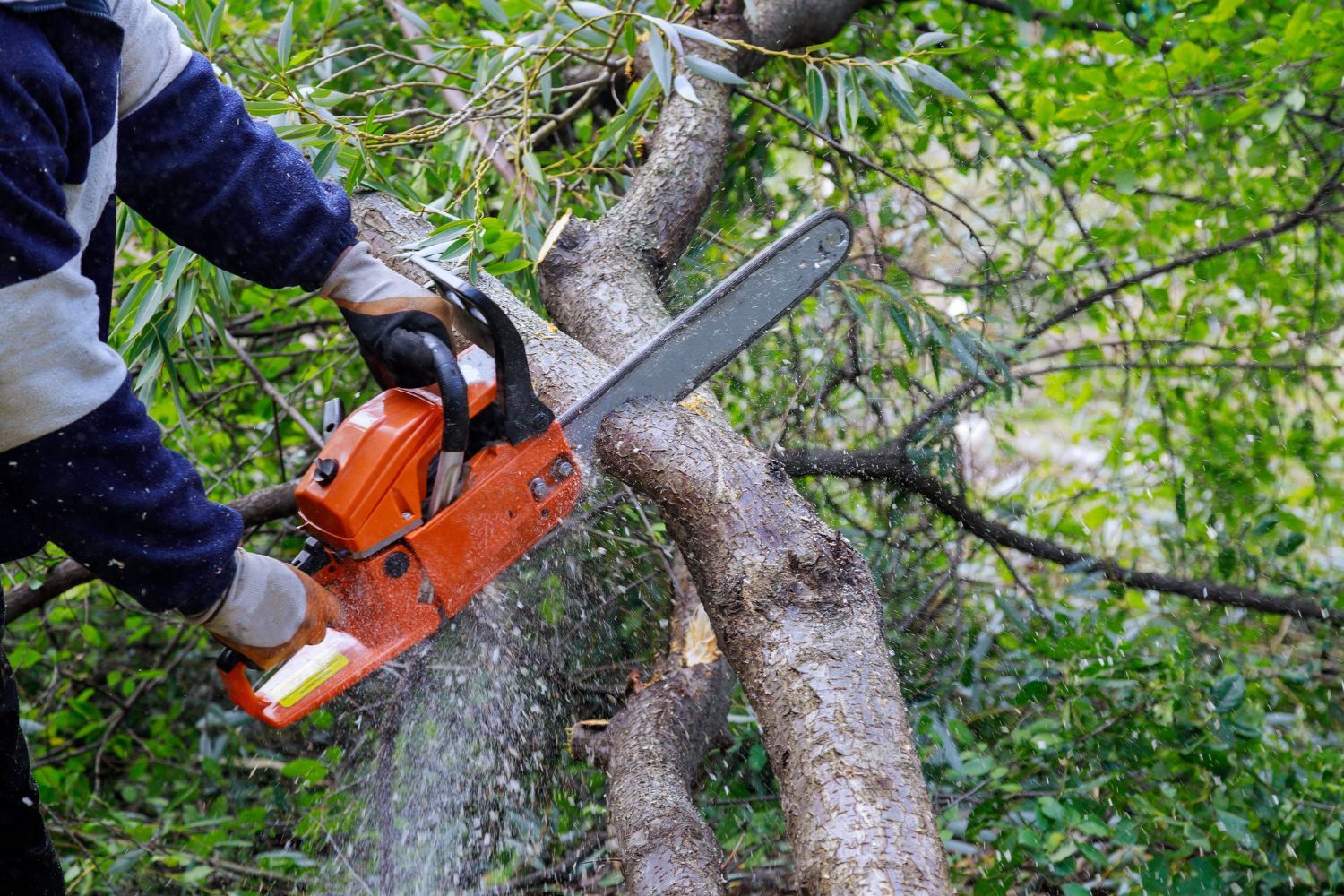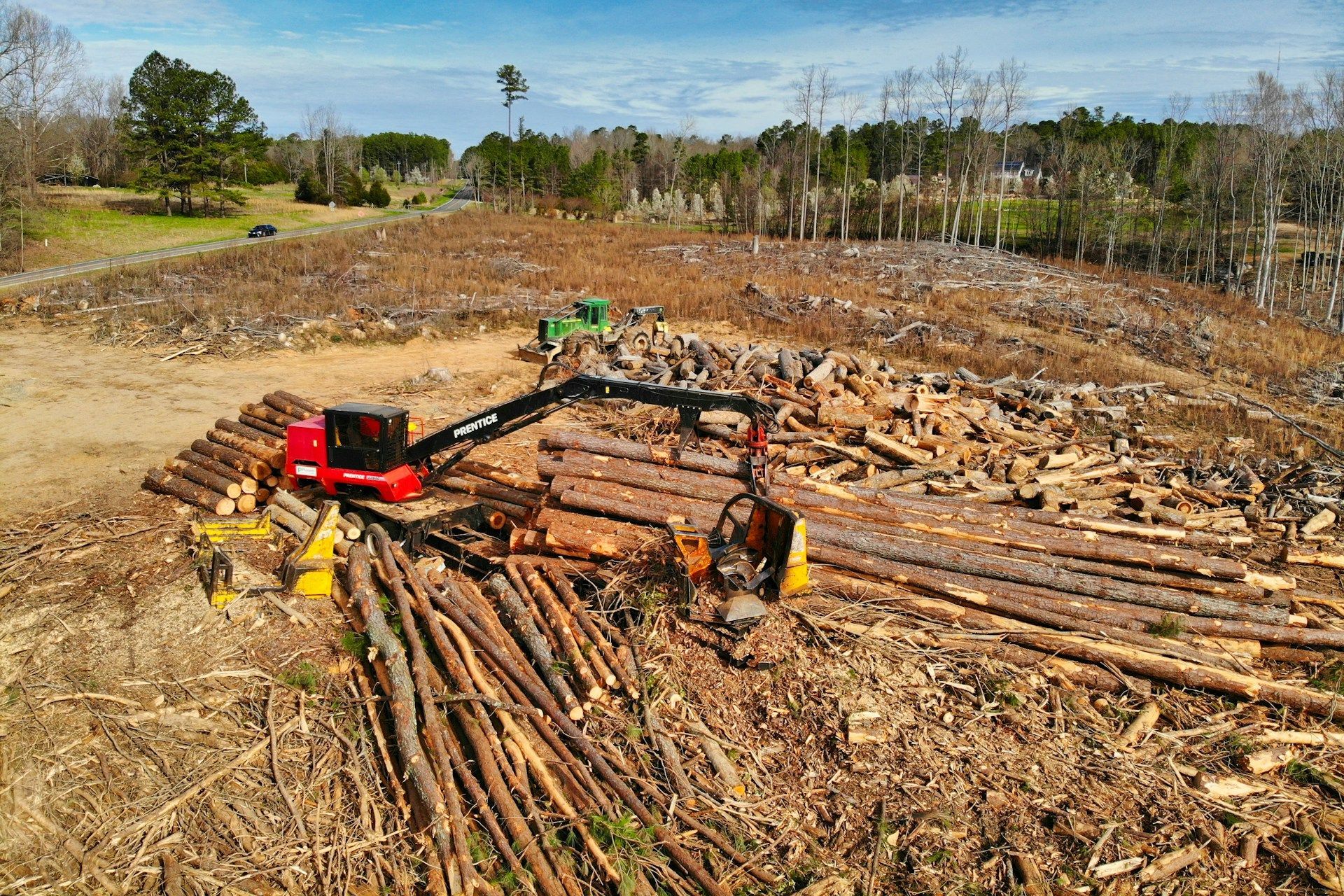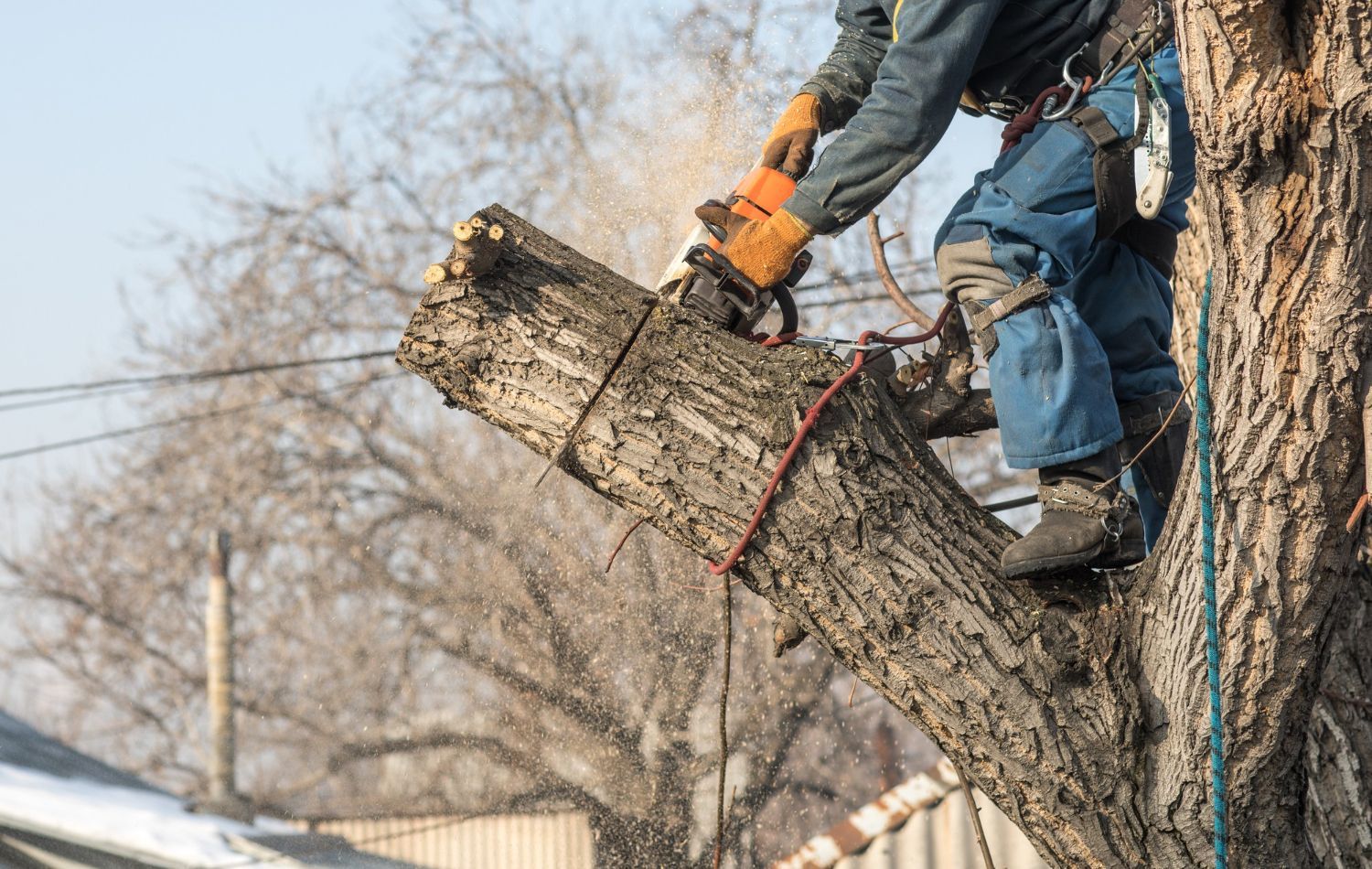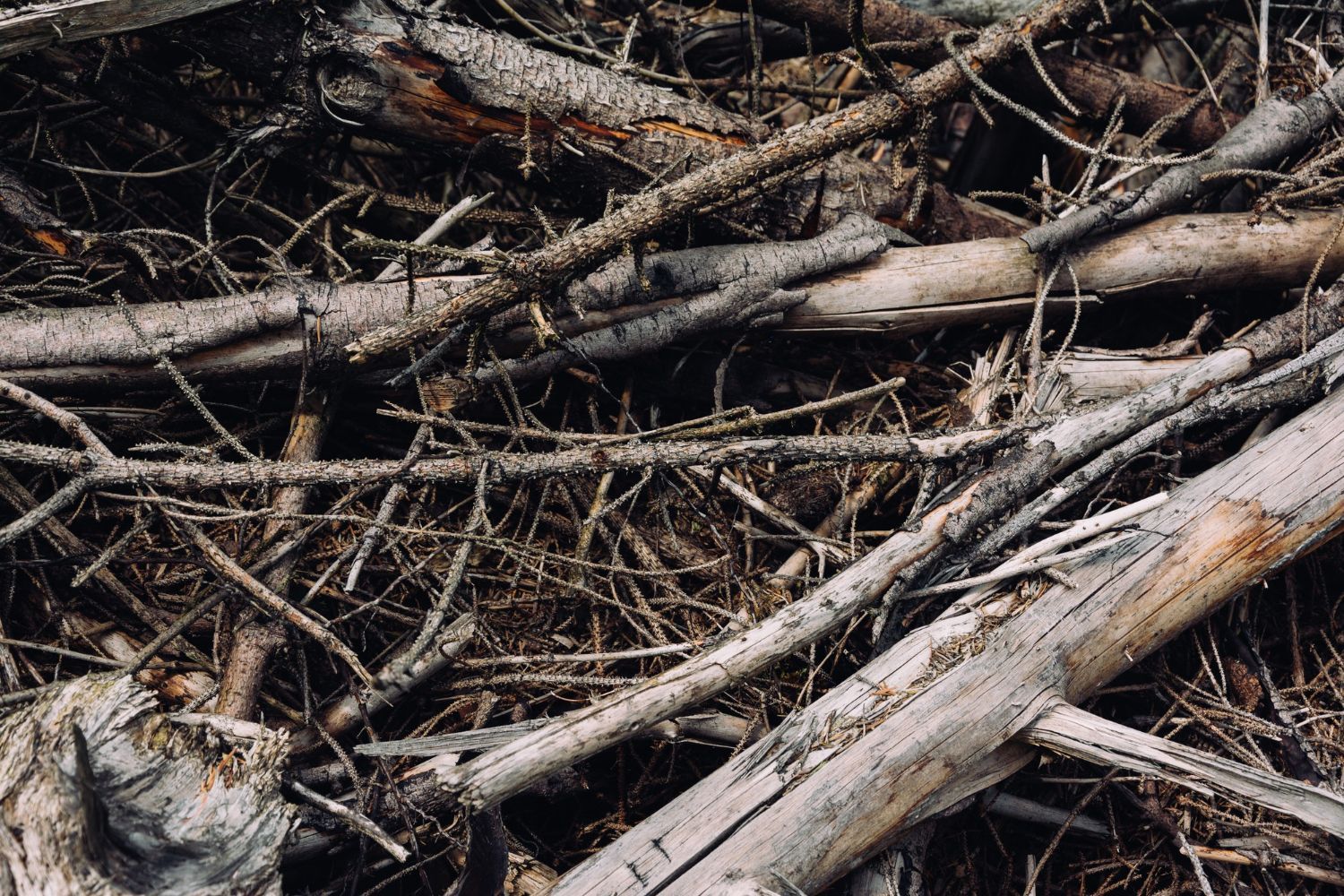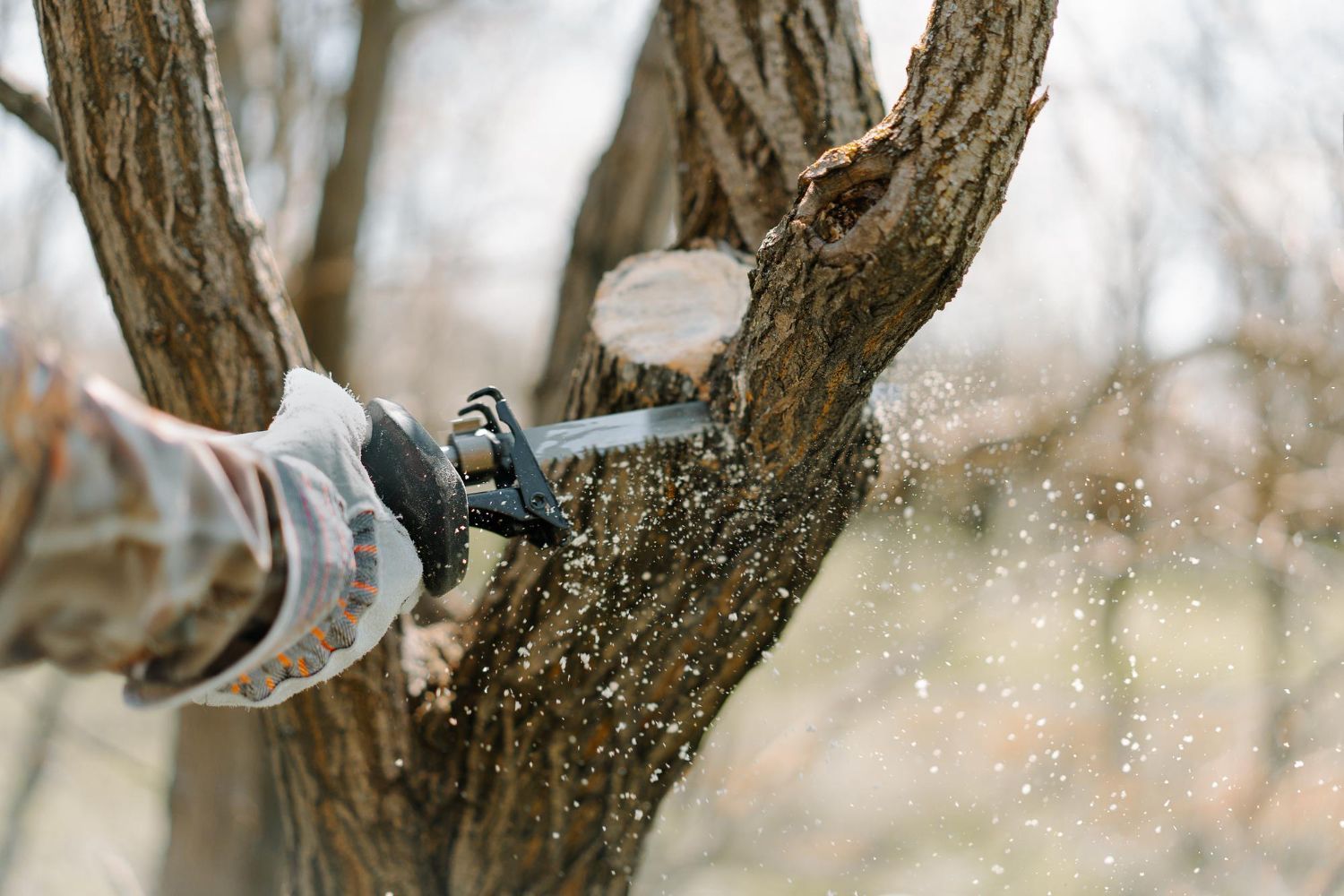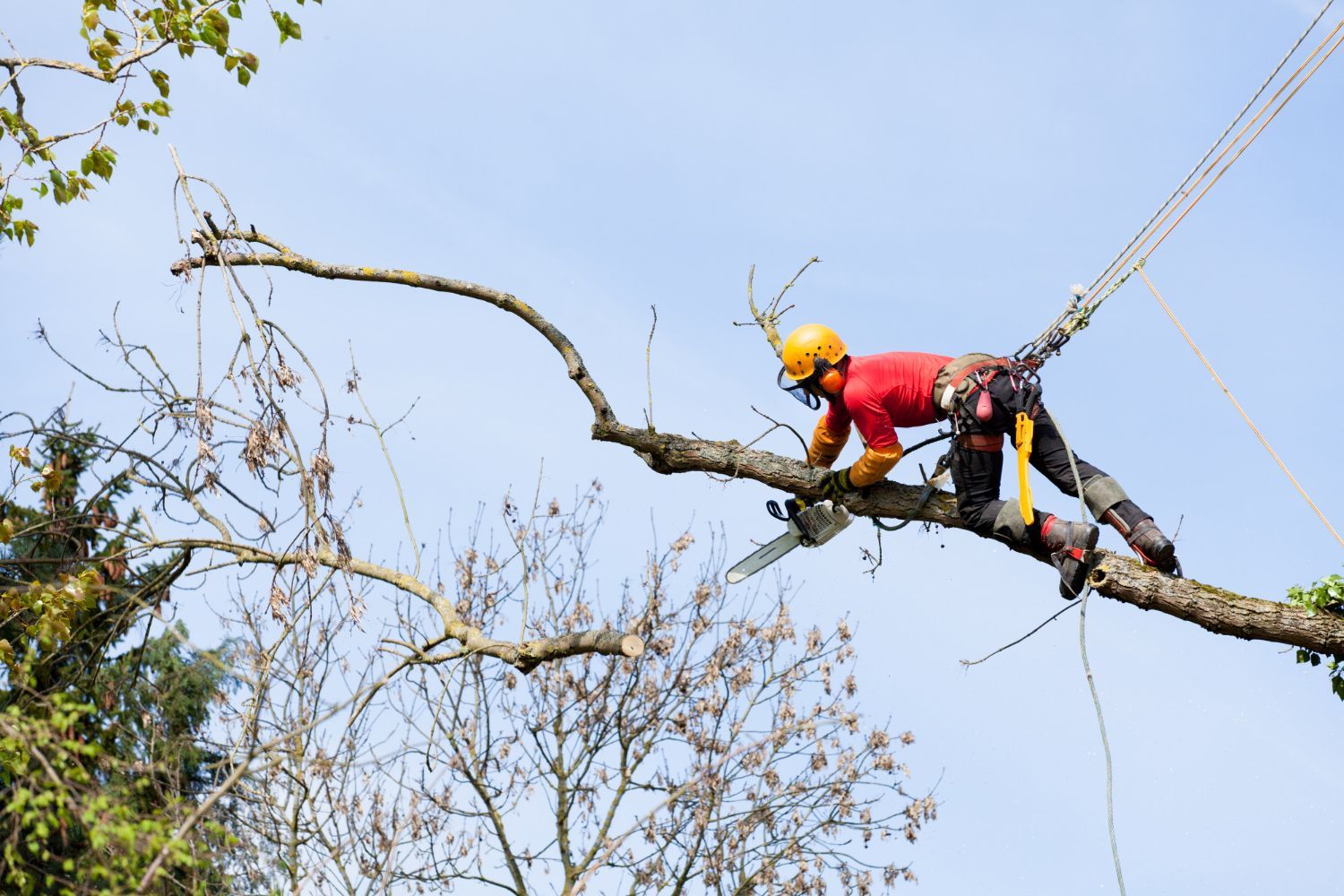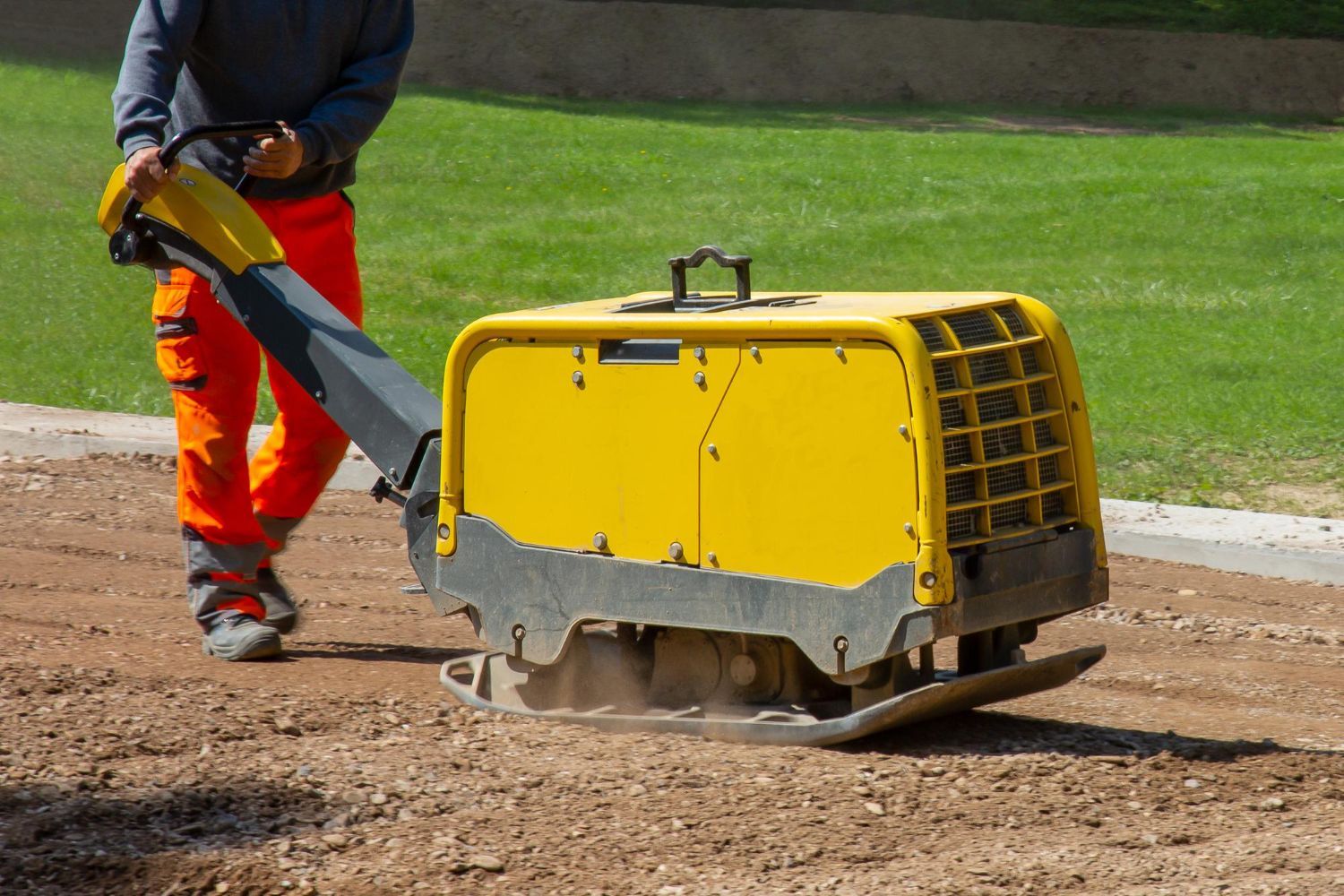When Tree Removal Becomes Necessary: 5 Warning Signs Your Tree Poses a Safety Risk
Trees bring a lot of good to any yard. They provide shade, improve curb appeal, and help keep things cool during those hot Katy summers. For many families and property owners, having mature trees offers a sense of comfort and privacy. Still, not every tree can or should stay forever. Sometimes what seems harmless on the outside can hide weak spots or risk that puts your space at risk.
Deciding when it is time for tree removal is tough for most folks. Ignoring warning signs can eventually cause damage to your home or yard, and more importantly, pose a risk to people. A failing or damaged tree is more than just an eyesore, especially with rough weather common around Katy. Knowing what to watch for lets you act before a problem turns into an emergency.
Here are five signs it might be time to have a tree removed—particularly important for homes and businesses in and around Katy, Texas.
Is the Tree Leaning More Than Usual?
A tree with a natural lean that has not changed for years is probably safe. But if your tree suddenly starts to tilt or you spot a new lean after a windstorm, that's a big warning sign. Storms often loosen the soil around the roots, causing things to shift. Sometimes roots have even snapped underground where you cannot see them.
When a tree starts to lean toward your house, driveway, garage, or any space where people walk, take it seriously. These roots no longer anchor the tree securely, and the structure may be unstable all the way up to the canopy. Look for ground that is soft or risen around the tree base after rain, a common sight after heavy storms in Katy. That tree could fall without warning, and when it starts falling, it will not stop until it hits something—or someone.
Some signs to watch for:
- Sudden change in the angle of the trunk
- Exposed or cracked soil at the base after storms
- Visible roots pulled out of the ground
- Leaning increasingly toward a building or play area
If a tree is leaning and you are unsure if it is safe, having a professional check for structural safety now is much easier than dealing with property damage after a collapse. Apple Tree Service in Katy uses industry-approved safety gear and equipment for complex removals, so no job is too risky for the right hands.
Noticeable Cracks or Splits in the Trunk
A crack along a branch or the main trunk is not always just surface damage. When you see deep splits—in particular vertical ones—there is trouble inside the wood. This can affect the tree’s strength and make it easier for moisture, bugs, or disease to get inside.
Big temperature swings or strong storms can lead to cracks forming, especially on older trees. When these cracks become wide or they extend all the way down to the roots, the whole support system weakens. That is when branches, or sometimes even half the tree, can break off with no warning.
Here are things to look for if you are worried about trunk cracks:
- Long splits running down the trunk or large branches
- Bark peeling away or missing entirely near cracks
- Water, fungus, or sawdust collecting in splits
- Trees that look like they are two trees joined at the base often split apart as they age
If you see any of these, it's time to call for a closer inspection. Sometimes a tree can be cabled or trimmed, but if the trunk is badly split or the damage keeps spreading, removal can be the safest way forward.
Dead or Falling Branches
A healthy tree will lose a few small twigs or branches every year, especially in late winter or after a dry spell. What is not normal is seeing large branches keep dropping, even when the weather is calm. If you notice big limbs landing after every breeze, or you keep cleaning up dead wood from under the same tree, pay attention.
Dead or brittle branches can snap off at any time. They are a hazard not just to people, but to your roof, car, pets, and anyone walking underneath. Trees that look green at the tips can still be rotting from inside the trunk or bigger limbs.
You should also look for:
- Branches hanging low or getting caught up in other limbs
- Large dead limbs above driveways, playgrounds, or decks
- Lots of small branches breaking and falling out of season
If you need tree trimming, Apple Tree Service provides full cleanup after every job. Our crew can remove dangerous limbs before they do any damage and leave your property tidy and safe for your family or customers.
Signs of Disease, Rot, or Insect Damage
Sick or dying trees usually show signs if you know how to spot them. It often starts at ground level where things are moist. If you see mushrooms or strange plants popping up around the base, that signals wood rot inside. Check for bark that is spongy, has soft spots, or pulls away easily.
Insect damage leaves its own clues. Look for tiny holes poked in the trunk, sawdust piles near the roots, or big patches of bark peeling off. Certain bugs drill into trees and eat away at the strength from the inside, which can quickly make the tree unstable.
Watch for these signs of trouble:
- Clusters of mushrooms or fungus near the base
- Soft, decayed wood at ground level
- Sticky sap oozing out of wounds
- Large patches of missing bark or discolored leaves out of season
Some rot and bug problems move fast, especially after wet springs or big wind events. When disease or pests set in, a tree can lose strength in just a few months. If you notice more than one of the warning signs above, it is better to act sooner than later.
Apple Tree Service uses specialized stump grinding equipment that can clear away problem roots after a tree comes down. That reduces the risk of new insects moving in or spreading to other trees in your yard.
Tree Too Close to Structures or Power Lines
Even a healthy tree is not always in the right spot. When trees crowd homes, driveways, garages, or power lines, they put more than just property at risk. Branches scraping the side of the house or hanging directly over the roof can pull down shingles, clog gutters, or snap during storms.
Roots are a hidden risk too. Roots can break through sidewalks, crack a driveway, wrap around buried water pipes, or weaken a foundation over time.
Hazards to watch for:
- Branches reaching over the roof or driveway
- Limbs tangled in or growing near utility lines
- Roots cracking sidewalks, patios, or lifting up fence posts
- Trees that sway in the direction of buildings during windy days
In a storm, all those risks get multiplied. Strong winds or soaked ground can cause a tall tree to tip, sending branches or the trunk straight into your home or across power lines. Clearing trees too close to these trouble spots keeps your property, and those living on it, safer over the long run.
Our crew is available for emergency storm response in Katy 24/7 to handle hazardous removals after severe weather, cutting and clearing debris from power lines and structures to restore safety as fast as possible.
Safe Choices for Your Property’s Future
It is not easy to decide to lose a tree, especially if it has been part of your yard for years. Still, in Katy, Texas, waiting too long when a tree shows real warning signs is a gamble. The cost of delaying action goes far beyond the price of tree work. Damage to your roof, fence, or landscaping, or even personal injury, can be avoided with fast action.
Regular checks for leaning trunks, cracked bark, dead branches, and signs of disease can help you catch problems early. Taking proactive steps keeps your yard looking its best and keeps everyone safe, whether it is a quiet weekday or when a Texas storm rolls through. When a tree poses more risk than benefit, clearing it out before the weather changes can save you time, stress, and money down the road.
At Apple Tree Service, we know how important it is to keep your yard safe and your property protected, especially with unpredictable weather in Katy. Noticing damage, signs of disease, or sudden changes in a tree near your home could be an early warning. Acting sooner rather than later can help prevent injury or expensive damage. If you’re not sure, we can help you decide whether
tree removal is the right next step; just give us a call.

